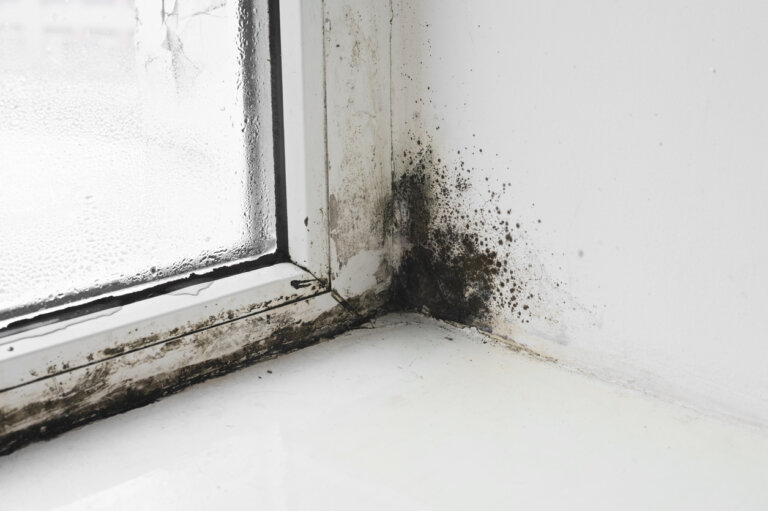Mold is a type of fungus that grows in warm and moist environments. It thrives in places such as bathrooms, basements, and kitchens, and can grow on a variety of surfaces including walls, ceilings, carpets, and furniture. While mold is a natural part of the environment, when it grows indoors, it can pose a serious health risk to individuals who are exposed to it.
Mold releases spores into the air that can cause a range of health problems, including respiratory problems, allergic reactions, and even infections. The most common symptoms of mold exposure include coughing, wheezing, nasal congestion, itchy or watery eyes, skin irritation, and headaches. In some cases, exposure to mold can also cause more severe health problems, such as asthma attacks, lung infections, and even neurological problems.
One of the primary concerns with mold is the way in which it can exacerbate pre-existing health conditions. For example, individuals with asthma or allergies are at a higher risk of experiencing severe symptoms when exposed to mold. This is because mold spores can trigger an immune response that causes inflammation in the lungs and airways, making it difficult to breathe. For individuals with compromised immune systems, exposure to mold can also lead to fungal infections that can be difficult to treat.
In addition to the respiratory and allergic reactions, mold exposure has also been linked to a range of other health problems. Some studies have suggested that exposure to mold can increase the risk of developing certain types of cancer, including lung cancer and Hodgkin’s lymphoma. Other studies have linked mold exposure to a range of neurological problems, including memory loss, mood disorders, and even dementia.
The severity of the health effects of mold exposure can vary depending on a number of factors. These include the type of mold present, the amount of mold in the environment, and the length of time an individual has been exposed to mold. For individuals who are exposed to high levels of mold over a long period of time, the health effects can be particularly severe, and may even be life-threatening.
Preventing mold growth is an important step in reducing the risk of exposure. This includes keeping indoor spaces well-ventilated and dry, fixing leaks and water damage as soon as they occur, and using a dehumidifier in areas that are prone to moisture. Regular cleaning and maintenance of HVAC systems can also help to reduce the risk of mold growth.
If mold is present in a home or workplace, it should be removed as soon as possible by a professional mold remediation service. Attempting to remove mold on your own can be dangerous, as it can release spores into the air and increase the risk of exposure. Professional mold remediation services use specialized equipment and techniques to safely remove mold and prevent it from returning.
In conclusion, mold can pose a serious health risk to individuals who are exposed to it. The health effects of mold exposure can range from mild respiratory symptoms to severe neurological problems and even cancer. Prevention is key to reducing the risk of mold growth, and professional mold remediation services should be called upon to safely remove mold from indoor spaces. By taking these steps, individuals can protect their health and ensure a safe and healthy living environment. Reach out to us today to learn more.


